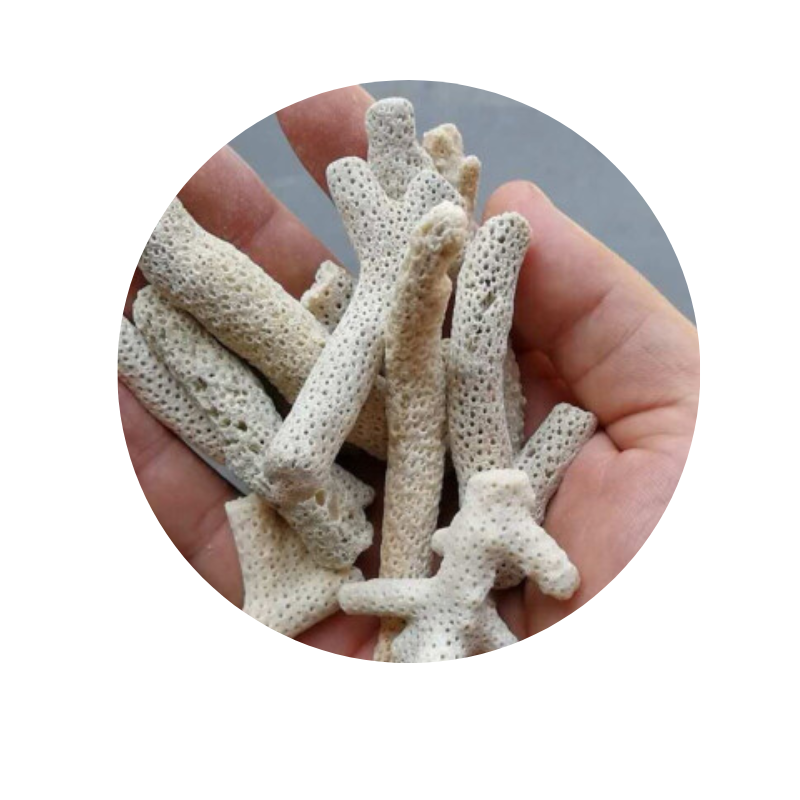
perlite for potted plants
The Role of Perlite in Potted Plants Benefits and Applications
When it comes to cultivating healthy potted plants, choosing the right growing medium can make all the difference. Among the various substrates available, perlite has emerged as a popular choice among both amateur gardeners and professional horticulturists. This volcanic glass, formed by the rapid cooling of lava, has unique physical properties that provide numerous advantages for potted plants.
Perlite is primarily known for its lightweight and porous nature. These characteristics contribute to excellent aeration and drainage in the soil. Unlike heavier soils that can retain too much moisture, perlite helps create a well-aerated root environment, which is crucial for preventing root rot—a common issue that can plague potted plants. By allowing excess water to drain away quickly, perlite mitigates the risk of soggy soil conditions that can suffocate roots and promote fungal growth.
The Role of Perlite in Potted Plants Benefits and Applications
When using perlite, it’s important to consider its versatility. It can be mixed with other substrates to create a customized growing medium that meets the specific needs of different plants. For instance, combining perlite with peat moss or coconut coir can enhance the moisture retention capabilities of the mix while still allowing for proper drainage. This adaptability makes perlite an excellent choice for various plant types, from herbs and vegetables to flowering plants and houseplants.
perlite for potted plants

In addition to its physical properties, perlite is also pH neutral, which means it won’t alter the acidity or alkalinity of the soil. This trait allows gardeners to maintain the desired pH levels for their particular plants without the risk of introducing unwanted chemicals or compounds. As a result, perlite is a safe option that supports healthy growth without compromising the integrity of the soil.
Furthermore, perlite is sterile, meaning it is free from pests, diseases, and weed seeds. This quality significantly reduces the risk of introducing harmful organisms into your potted plants. For gardeners who prioritize cleanliness and plant health, using perlite can provide an extra layer of protection, ensuring that the growing medium remains conducive to plant development.
However, while mixing or using perlite, it is crucial to consider dust particles that can be released during handling. Wearing a mask and goggles can help mitigate breathing in fine dust, which may be irritating. Additionally, perlite can float to the surface of the soil if the pot is watered too vigorously. To prevent this, a layer of mulch or topsoil can be added to the surface.
In conclusion, perlite offers a myriad of benefits for potted plants, combining excellent drainage, aeration, and moisture retention in a lightweight and sterile format. Its adaptability makes it suitable for a wide range of plant types, ensuring gardeners can create tailored soil mixes to foster healthy growth. Whether you are a seasoned horticulturist or a novice gardener, incorporating perlite into your potting mix can lead to vibrant, thriving plants that flourish in their containers. Embrace the power of perlite, and elevate your potted plant care to new heights.
Share
-
Premium Pigment Supplier Custom Solutions & Bulk OrdersNewsMay.30,2025
-
Top China Slag Fly Ash Manufacturer OEM Factory SolutionsNewsMay.30,2025
-
Natural Lava Rock & Pumice for Landscaping Durable Volcanic SolutionsNewsMay.30,2025
-
Custom Micro Silica Fume Powder Manufacturers High-Purity SolutionsNewsMay.29,2025
-
Custom Mica Powder Pigment Manufacturers Vibrant Colors & Bulk OrdersNewsMay.29,2025
-
Custom Micro Silica Fume Powder Manufacturers Premium QualityNewsMay.29,2025






